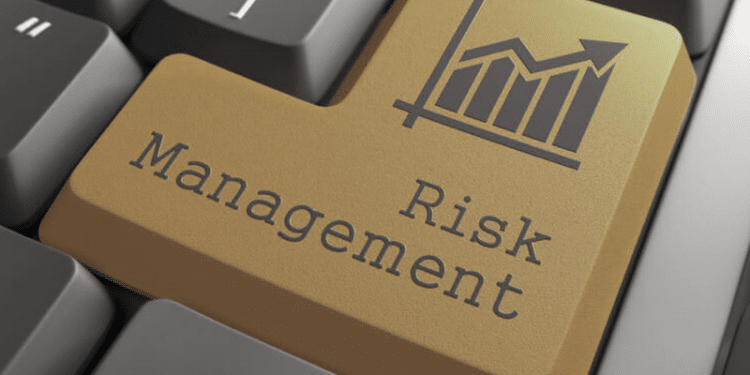Trading is a great way of income, but it is associated with a lot of risks. The more you want to earn, the more of your capital would be exposed to these risks. So, it is important to take risk management very seriously. There are some tools you can rely on to manage the risks but to use them; you have to become familiar and comfortable with their functions, capabilities, and limitations. If you can use these tools correctly based on the specific circumstances of every trade, the trades will be provided with an extra layer of protection.
The risk management tools to use in forex trading include –
Equity Drop Alert
You can use this alert to warn you when your account is at risk and near to the stop out level. When this situation arises, you must decide whether you want to add more funds to the account to prevent the stop out from taking place. You can consider it as the last resort and emergency measure, but it is better to take preventative steps to avoid the high-risk situation in the first place.
Unless receiving an equity drop alert and the potential stop out followed by it are in favor of your trading strategy and risk appetite, it is better to always control your account and take the necessary actions to stop the alert from being triggered. According to the volatility of the market, as well as the size of the transactions of the funds in your account, an unexpected equity drop alert means that you must make important decisions regarding your account and open positions fast. In extra funds are not deposited within the required time, and the market movement does not reduce losses, a stop out may take place.
Stop Loss Orders
Using stop loss mechanism can protect forex traders against losses. It allows you to set the maximum amount you are going to lose on a certain trade. When your trade reaches that pre-determined level of loss set by you, the stop loss order will close the open trade automatically.
For example, assume that you are selling a currency with an intention of letting its value decrease so you can make a profit by buying it back. In this case, you can set a stop loss order if you see the currency moving upwards by a certain amount. Moreover, if the price of a currency starts to fall after you buy it, setting a stop loss will prevent you from losing more.
When you set your own stop loss orders, you can set the value of your trade and stop it from dropping below a certain level. Hence, you do not have to worry about not being able to monitor and close the losing trades manually. You can manage your risk and prevent losses easily. However, even if you are using stop loss, it is best to monitor your trades as much as you can.
Take Profit
A take profit is an automated order that can be set to close your open trade automatically when it makes a certain amount of profit. This way, the trader can ensure at least a certain amount of profit from a successful trade. You can also prevent a loss because the rate will not fall before your losing trade closes. Still, monitor your trades as much as possible when you use take profit.
Remember that this tool also has a slight downside. Sometimes, it may close a position that has the potential of bringing in more profits. Therefore, you will be deprived of an even more profitable trade. It is the exclusive responsibility of a trader to decide whether to use a take profit order and set the amount for every open trade. This decision depends on the targets, risk appetite, and risk management plan of the trader.
Manual Closure of Trades
If you do not feel comfortable with your open trades, or on the contrary, feel like the open trades have reached your target, you can close them manually. Keep in mind that vigilant supervision of the account and timely action are very important if the trader wants to depend on the manual closure of trades. If you can execute it with accuracy and foresight, this approach is ideal for mitigating your risks.
While by closing a loss-making trade, you can stop it from generating more losses; you may also choose to allow the occasional open position to run its course. However, for this approach, you will have to endure all further losses generating from the trade and rely on the expectation that the market will reverse and turn the loss-making trade into a profitable one. Keep in mind that this strategy carries high risk because the market reversal may not occur and you may end up losing your funds.
You have to make an independent and informed decision on the timing, usage, and appropriateness of the available tools. You already know that the financial market has a dynamic environment. So, every situation, as well as each risk strategy calls for a different approach. You can take the decision about using these tools only after you develop your own trading and risk management strategies according to your intentions and goals, level of knowledge, and the self-assessment of your tolerances and financial capabilities. It is always essential to have a clear understanding of the consequences of every action.
Conclusion
Thorough research and solid risk management strategies are the bases of a successful career in trading with leveraged financial assets. Every trader should be aware of the risk management tools mentioned above. Moreover, you should consider carefully if trading with leverage is right for you. It depends on your objectives, experience, financial resources, and other relevant circumstances. You must know that trading with leveraged instruments can pose threats to your capital. Therefore, it is not suitable for all traders. So, you must be familiar with all the risks associate before decides whether to trade in such assets.




